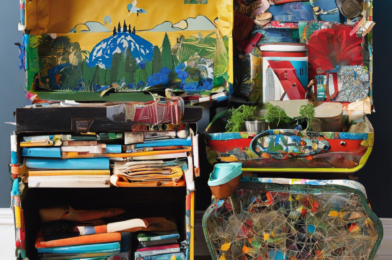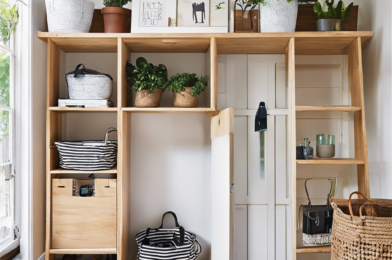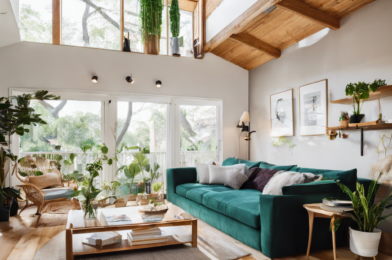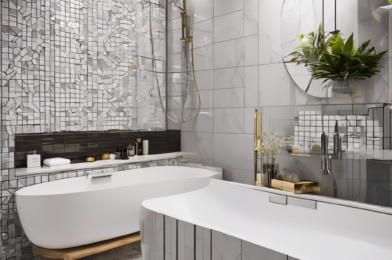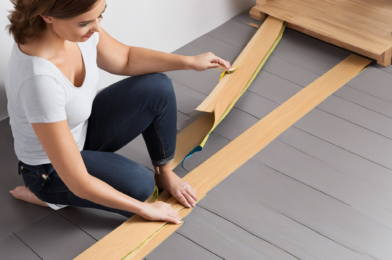Every home improvement enthusiast knows that having the right tools for the job is essential. Without a well-stocked toolbox, many DIY tasks become difficult or even impossible. Here are 10 must-have tools that every homeowner should have on hand for tackling repairs and renovations.
A cordless drill/driver is a versatile tool useful for many tasks like hanging pictures, installing shelves, and assembling furniture. Look for a drill with different torque settings and both drill and driver bits. A circular saw, preferably cordless, is great for cutting wood, sheet materials like plywood, and laminates. An adjustable wrench, like a crescent wrench, grips rounded nuts and bolts of different sizes.
Pliers are useful for grasping and turning objects where fingers can’t grip well. Needle nose pliers are good for precision work. A utility knife, with extra blades, can cut through a variety of materials. A tape measure is essential for measuring and marking cuts. A level ensures that shelves, pictures, and other wall-mounted objects are even.
A hammer, for pounding in and removing nails, is a must-have. A set of screwdrivers in different sizes will tighten and loosen most screws. Allen wrenches or hex keys turn the hexagonal nuts and bolts often found on furniture.
A socket wrench set offers more torque for stubborn nuts and bolts. Safety gear like work gloves, dust masks, safety glasses, and ear protection keep you safe while tackling home repairs and renovations.
With the right tools on hand, you’ll gain confidence in completing more DIY projects around the home. Start with this basic set of essential tools and build up your collection over time as needed for the jobs you want to tackle. Home improvement is rewarding work, especially when you have the right tools to get the job done.




